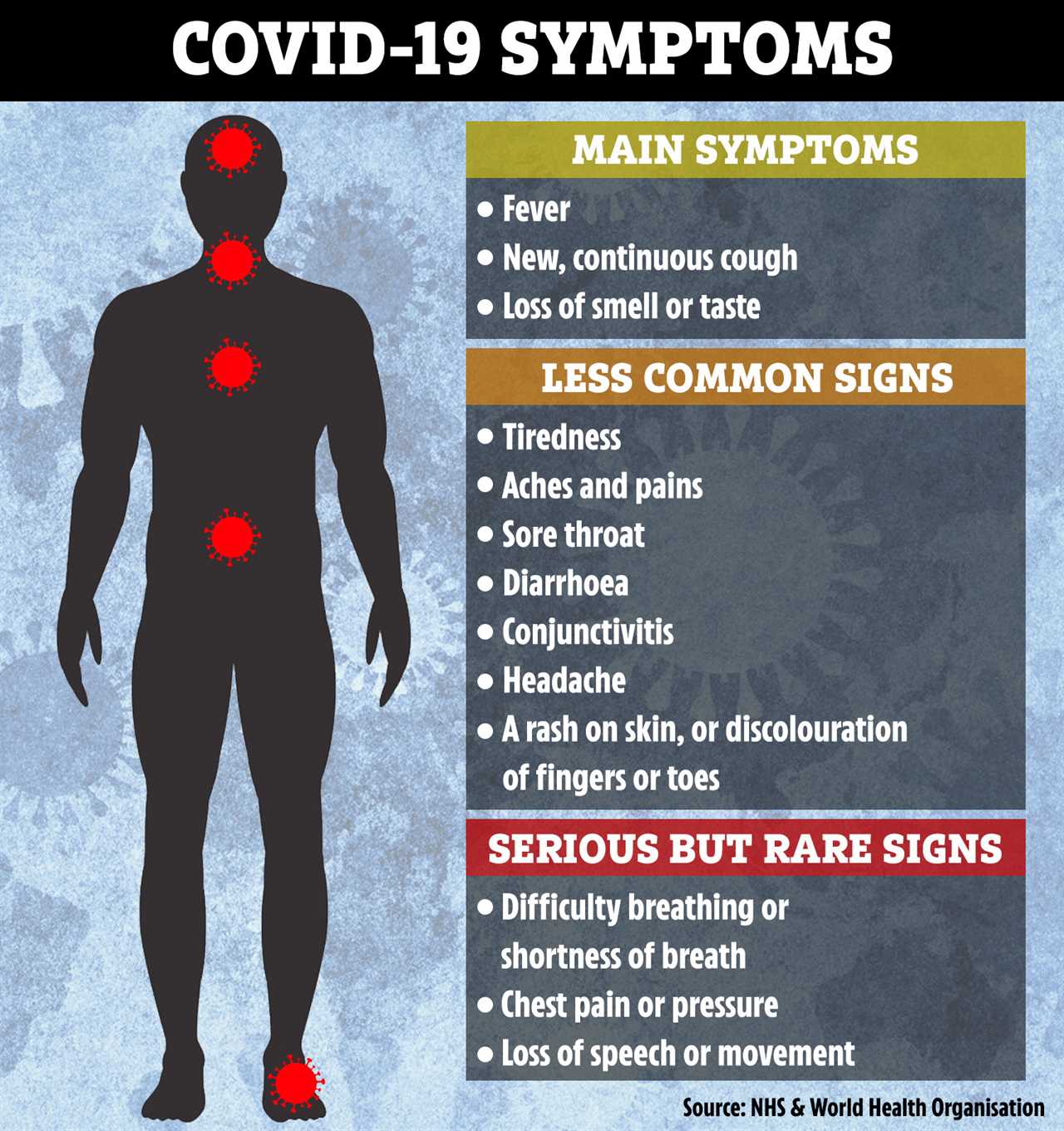WINTER is well and truly on its way and with it comes dreaded cold symptoms.
But do you know how to tell the difference between a common sniffle and Covid-19?


As autumn hits and more bugs begin to circulate – as more people mix indoors – it can prove confusing knowing if your symptoms are Covid-related or just a harmless cold.
Last winter cases of flu in the UK were around 95 per cent lower than normal, according to the Royal College of General Practitioners.
Experts believe that this could be down to coronavirus lockdowns and the fact that less viruses and bugs were transmitted as people were ordered to stay at home and people increased personal hygiene such as hand washing.
This year experts are concerned that cases of the flu will increase with more people back in the office and mingling.
Independent Pharmacist, Rita Ghelani says that there is concern that the low number of flu cases during the 2020/21 winter has led to low levels of immunity to flu viruses for the coming season.
“This means that the population may be entering flu season with a higher level of susceptibility than usual”, she said.
As the coronavirus continues to mutate, many people have reported a range of symptoms.
It’s become harder to spot the difference between a cold, the flu and Covid.
Spot the difference
Anyone can be infected by coronavirus and while millions of people have been vaccinated – it doesn’t mean you are 100 per cent protected.
Experts warned there is bound to be some nervousness around the virus and people need to be able to distinguish between whether or not they just have a sniffle or if they have contracted Covid-19.
The most common symptoms of the coronavirus are:
- new continuous cough
- and/or a high temperature
- loss of taste and smell
These are the three main symptoms of the virus and if you display these symptoms you are eligible to get a PCR test from the government.
But around a third of people won’t have symptoms and for more people the virus will cause a mild infection.
While some patients may also experience shortness of breath, experts have warned that there are a myriad of symptoms associated with the virus.
Scientists said patients on the Covid Symptom Tracker app have been reporting a wide rage of symptoms from confusion, headaches, muscle pains and fatigue.
American health officials also added diarrhoea to its list of confirmed coronavirus symptoms.
Dr Sarah Jarvis said: “Generally speaking, nasal congestion, sneezing and a runny nose are more typical of the common cold and symptoms can appear 2 – 3 days after exposure, only last a few days and are usually milder in severity.”
Subtly different signs in kids
Scientists have also said that symptoms in children are different and said parents should look out for a loss of appetite.
Data from King’s College London revealed that 52 per cent of school aged kids who tested positive for virus did not log classic adult symptoms.
The data is based on analysis from 198 children who tested positive and around 15,800 negative tests.
Of the 198 children who tested positive 55 per cent suffered from fatigue.
The second top symptom was a headache with 53 per cent suffering, fever is next with 49 per cent suffering with this, 38 per cent suffered with a sore throat and 35 per cent suffered with a loss of appetite.
It also found that 15 per cent of kids who test positive also present with an unusual skin rash.






